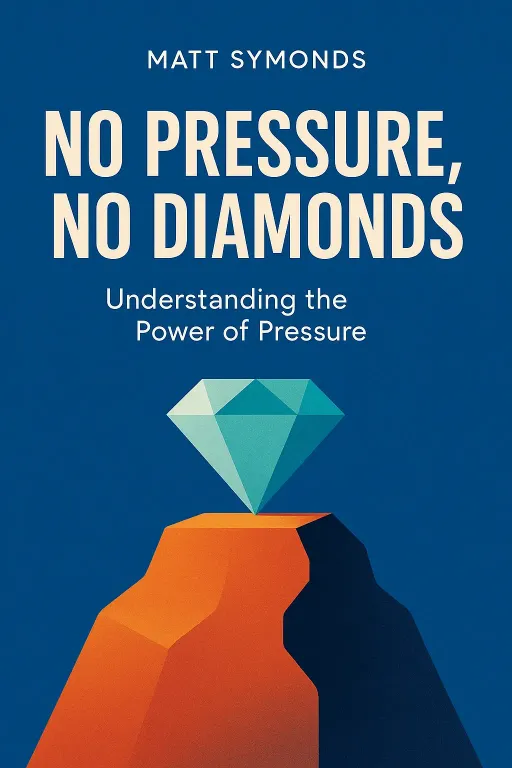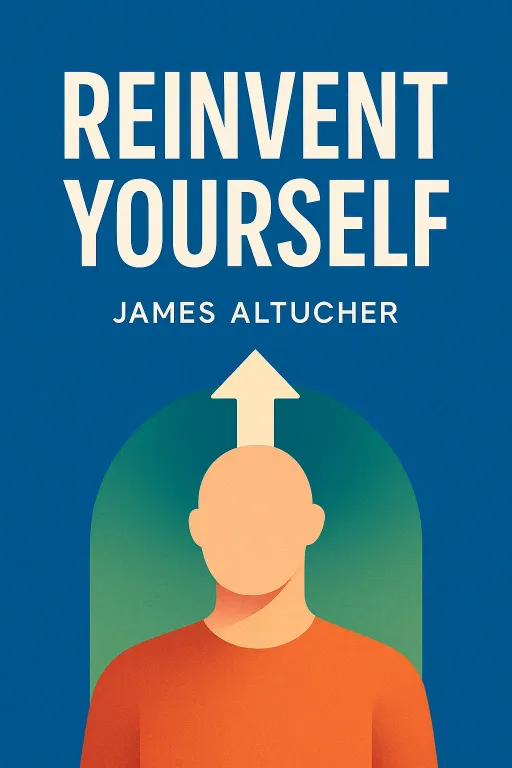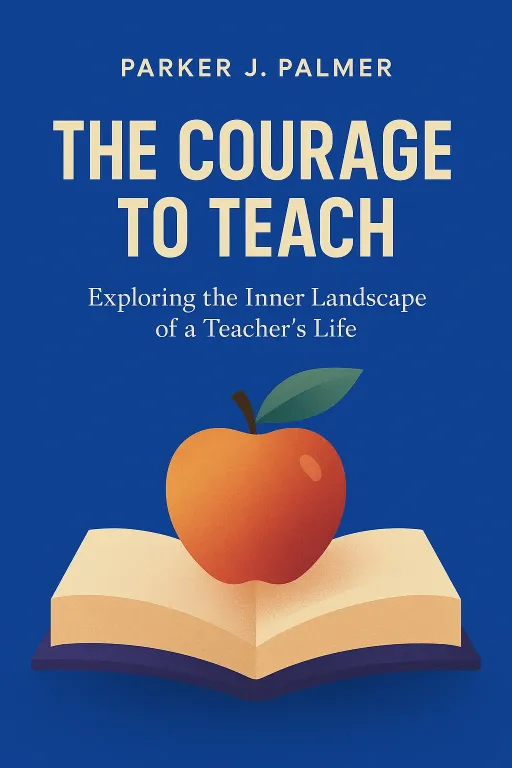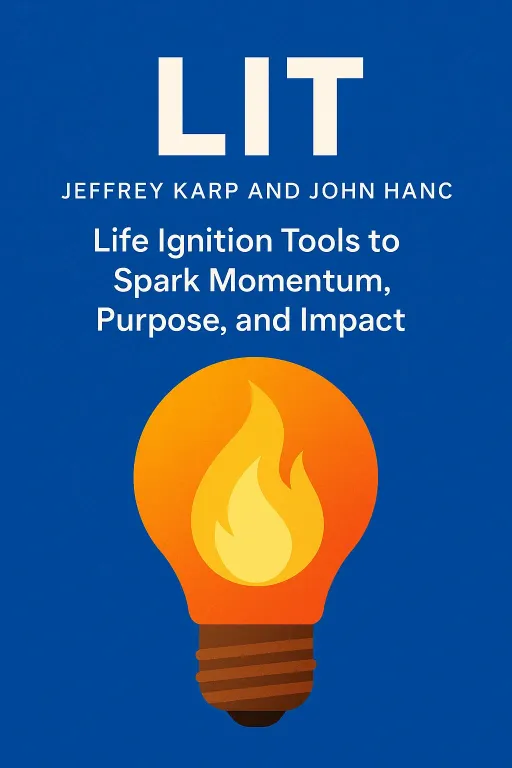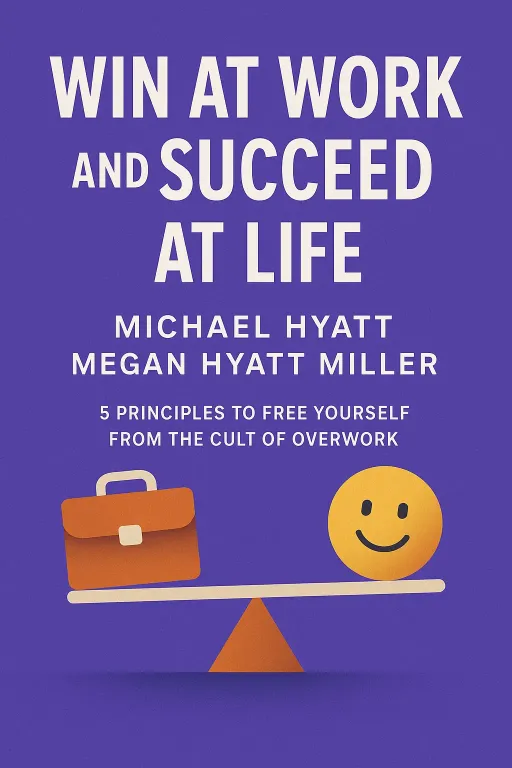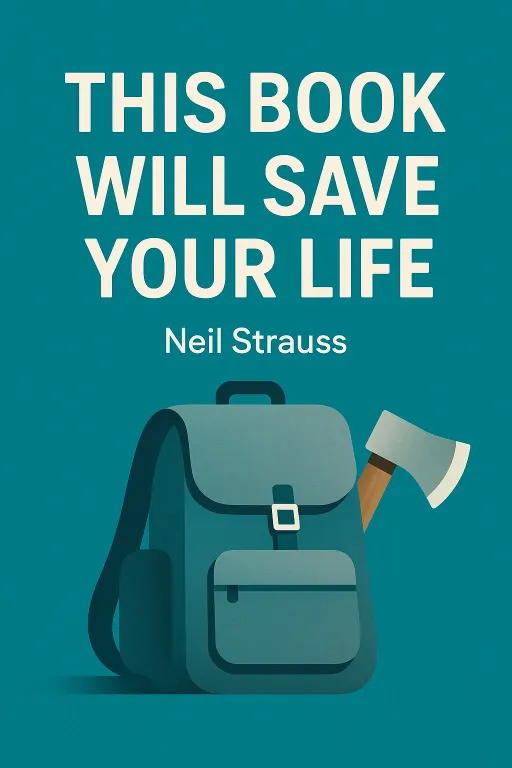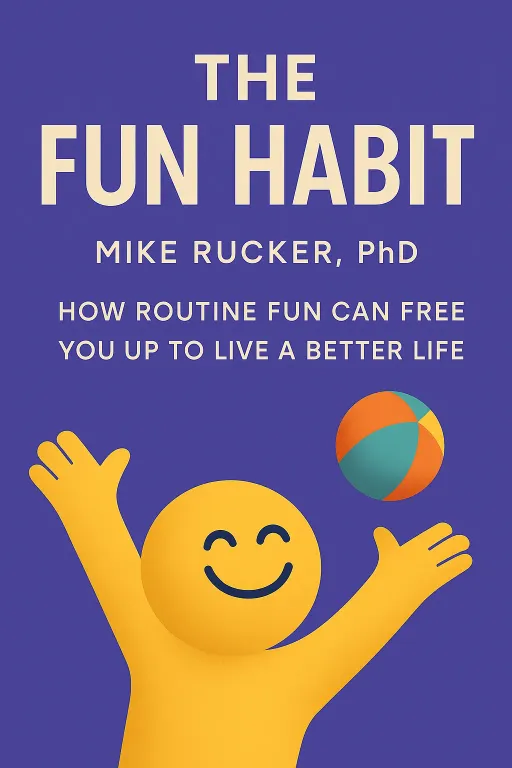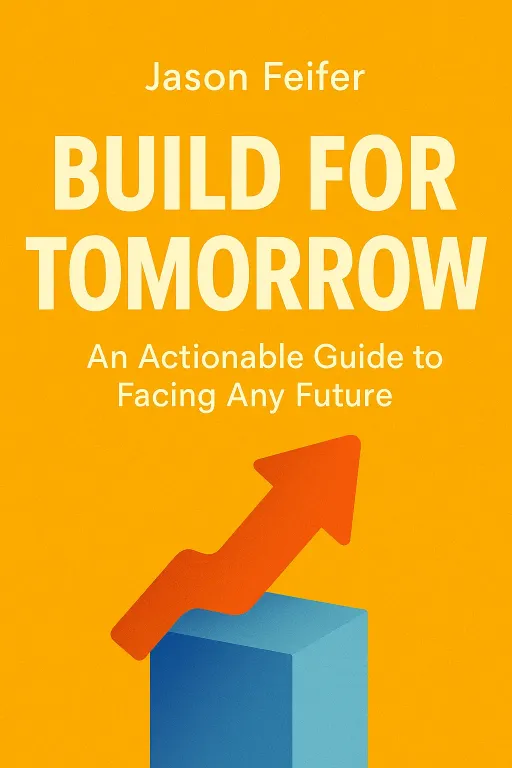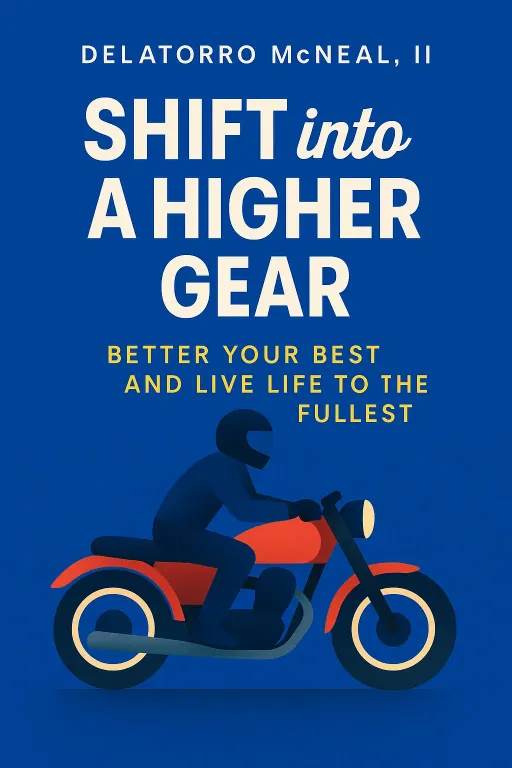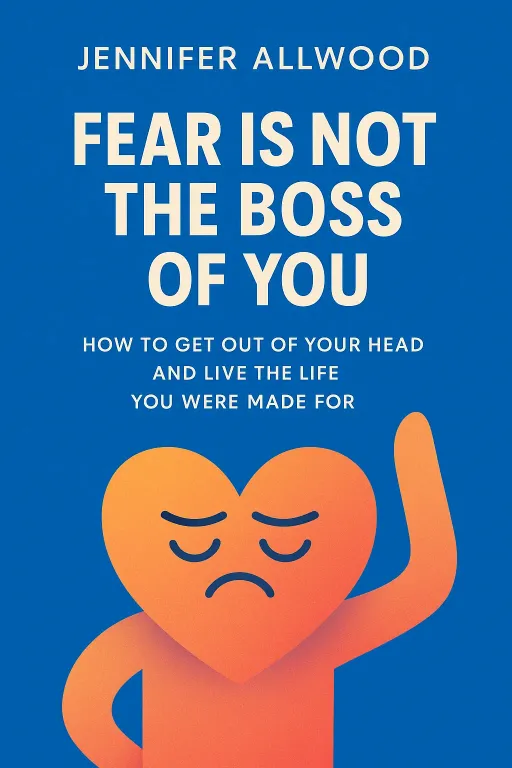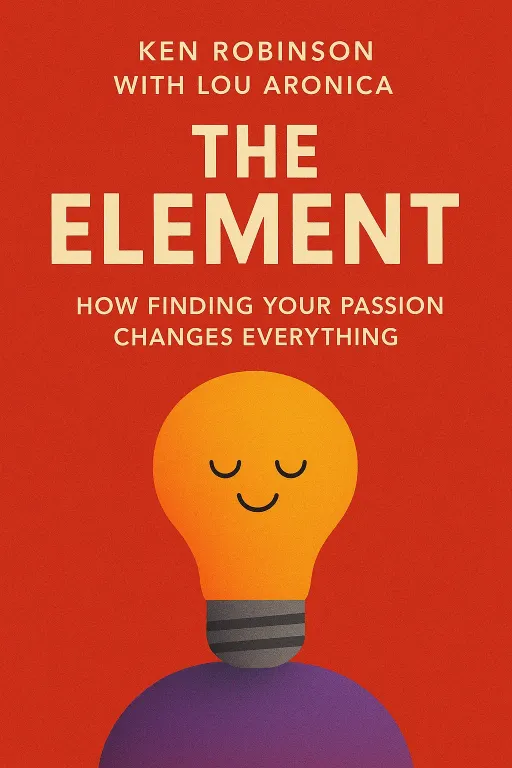
Personalized Podcast
13 minGolden Hook & Introduction
SECTION
Albert Einstein: What if the most disruptive person in your organization, the one who can't seem to sit still or follow the rules, is actually your most valuable asset? It's a provocative thought, isn't it, H?
H: It is. It runs counter to most corporate structures, which are designed for predictability and conformity. My mind immediately goes to risk assessment. But I'm intrigued.
Albert Einstein: As you should be! We spend so much time building systems to find and promote talent, but what if those systems are blind to true genius? In his book, The Element, Ken Robinson argues that for too long, we've been trying to mine for talent in all the wrong places. He tells the story of a little girl in the 1930s who was on the verge of being sent to a special school for a learning disorder, but who went on to become a world-renowned, multi-millionaire choreographer. Her story reveals a profound truth about human potential.
H: So the system almost produced a false negative, a catastrophic misreading of the data.
Albert Einstein: Exactly! And that's what we're going to explore. Today we'll dive deep into this from two perspectives. First, we'll explore this 'misdiagnosis of talent' and why our conventional metrics for success often fail.
H: And what's the second perspective?
Albert Einstein: Then, we'll discuss the crucial importance of 'finding your tribe' and how the right community can be the difference between languishing and thriving. It’s about finding the place where your unique data set is finally understood.
Deep Dive into Core Topic 1: The Misdiagnosis of Talent
SECTION
Albert Einstein: So, H, let's start with that little girl. Her name was Gillian Lynne. To her teachers in the 1930s, she was a problem. She couldn't concentrate, she was fidgeting constantly, her handwriting was awful, she was always handing in her homework late. The school formally wrote to her parents suggesting she had a learning disorder and should be moved to a special school. You can imagine her mother's distress.
H: Of course. In that era, a label like that could define a child's entire future. It's a devastating diagnosis.
Albert Einstein: It was. So her mother, desperate, took her to a psychologist. They sat in this stately, oak-paneled office. The psychologist listened patiently for twenty minutes as Gillian's mother recounted all of her daughter's problems at school. All the while, eight-year-old Gillian was sitting on her hands to stop herself from fidgeting. Finally, the psychologist turned to Gillian and said, 'Gillian, I've listened to all these things your mother has told me, and now I need to speak with her privately for a moment. We'll be just outside the door. We won't be long.'
H: He's isolating the variable. He wants to observe her in a natural state, without the pressure of the adults in the room.
Albert Einstein: Precisely. As they left the room, the psychologist leaned over and turned on a small radio on his desk. Once outside, he said to her mother, 'Just stand here for a moment and watch her.' And through the window, they saw the little girl, as soon as she was alone, get to her feet and begin to move, to dance, to leap and swirl to the music. She was completely absorbed, completely in her element.
H: Wow.
Albert Einstein: After a few moments, the psychologist turned to the mother and said, 'You know, Mrs. Lynne, Gillian isn't sick. She's a dancer. Take her to a dance school.'
H: That one observation, that one shift in perspective, changed the entire diagnosis. He didn't see a disorder; he saw a different kind of intelligence.
Albert Einstein: He did. And her mother did take her to dance school. Gillian walked into this room, and she later said, 'It was full of people like me. People who couldn't sit still. People who had to move to think.' She went on to have a spectacular career. She became a soloist at the Royal Ballet, founded her own company, and eventually met Andrew Lloyd Webber. Gillian Lynne was the choreographer responsible for two of the most successful productions in history: Cats and The Phantom of the Opera. She became a multi-millionaire.
H: That's a powerful story. From a data perspective, the school was using the wrong model. They were measuring for academic conformity and missed the variable of kinesthetic intelligence entirely. It's a classic case of a flawed diagnostic tool leading to a false negative. The potential was always there, but the system wasn't designed to see it.
Albert Einstein: A false negative! I love that. And Robinson argues this happens constantly. Think of Mick Fleetwood, the drummer for the legendary band Fleetwood Mac. In school, he was considered, in his own words, a 'total void in academic work.' He had a learning disability and couldn't grasp basic math. But his parents saw his absolute passion for drumming. They saw the light in his eyes when he played. So they let him leave school at sixteen with his drum kit and move to London. He found his Element, not in a classroom, but in a garage, and then on the world's biggest stages.
H: It makes you wonder how many hidden talents are languishing in corporate environments because they don't fit the expected profile. In finance, we praise quantitative and analytical skills, which are vital. But what about the person with incredible interpersonal intelligence who builds bridges between departments that no one else can? Or the person with the creative foresight to see a market trend three years out? Their value isn't easily captured on a quarterly performance review spreadsheet.
Albert Einstein: That's the core of it!
H: This is a leadership challenge. It's not just about managing the talent you can easily measure. It's about creating systems and a culture that can spot these diverse forms of intelligence. It's about being the wise doctor who knows when to turn on the radio and just observe. Because the cost of a 'false negative' in business isn't just a missed opportunity; it can be the difference between innovation and stagnation.
Deep Dive into Core Topic 2: Finding Your Tribe
SECTION
Albert Einstein: You've hit on the perfect transition, H. It's not enough to simply have a talent. The psychologist's advice was crucial: 'Take her to a dance school.' Gillian Lynne needed to be in a room with 'people like me.' She found her tribe. But what happens when your tribe, or even your own family, actively works against your Element?
H: That's a much darker scenario. The environmental factors turn from supportive to hostile.
Albert Einstein: Exactly. Consider the story of the author Paulo Coelho. As a teenager in Brazil, he knew, with every fiber of his being, that he was a writer. His parents, however, were horrified. They were a respectable, middle-class family, and they wanted their bright son to be a lawyer. To them, a writer's life was one of poverty, immorality, and failure. They saw his passion not as a gift, but as a form of mental illness.
H: You can't be serious. Mental illness?
Albert Einstein: Oh, I am. When he was seventeen, they had him committed to a psychiatric institution. He escaped. They committed him again. Over the next few years, his parents, in what they genuinely believed was a desperate act of love to 'save' him, had him institutionalized three times and subjected him to electroshock therapy to cure him of his desire to write.
H: That's... horrifying. That's not just a lack of support, that's an active, aggressive attempt to destroy his Element. It's the ultimate hostile environment.
Albert Einstein: It is. And yet, he persevered. He held onto that core of who he was. Years later, after a long and winding journey, he wrote a little book called The Alchemist. It has since sold over 65 million copies and made him one of the most beloved authors on the planet. His resilience is astonishing.
H: That's an extreme and terrifying example of social pressure. It reminds me of a less dramatic, but perhaps more common, corporate phenomenon Robinson mentions in the book: the 'Abilene Paradox.'
Albert Einstein: Ah, yes! The miserable trip to the cafeteria. Please, explain it.
H: It's a story about a family in Texas, sitting comfortably on their porch on a hot day. The father-in-law idly suggests, 'Hey, why don't we drive to Abilene for dinner?' It's a 53-mile drive in a non-air-conditioned car. The wife thinks it's a terrible idea but says, 'Sounds great!' because she thinks her husband wants to go. The husband agrees because he thinks his mother-in-law wants to go. The mother-in-law agrees because she thinks everyone else is excited. So they all pile into the car, have a long, hot, dusty drive, eat a terrible meal, and drive all the way back. When they finally get home, someone finally admits, 'You know, I didn't really want to go.' And one by one, they all confess that nobody wanted to go. They took a collective journey to a place none of them desired.
Albert Einstein: A perfect analogy. The fear of speaking up, of being the lone voice, is immense.
H: Exactly. In business, this is a nightmare scenario. It leads to teams pursuing projects nobody believes in, all because of a fear of disagreeing with the perceived consensus. Finding your 'tribe' in a professional context means creating psychological safety. It's a space where someone can say, 'I don't think this trip to Abilene is a good idea,' without fear of reprisal. A true tribe isn't about blind agreement; it's about a shared commitment to the best outcome, which requires honest dissent.
Albert Einstein: So the tribe protects the individual's Element from the pressures of the crowd.
H: Yes. It's a leader's job to build that tribe, to protect the dissenting voices, because that's often where the real insight lies. It connects back to those historical figures I admire, like Abraham Lincoln, who built a 'team of rivals' in his cabinet, or Ruth Bader Ginsburg, who was a powerful dissenter on the Supreme Court. They understood that progress doesn't come from conformity. It comes from the courage to challenge the consensus, and you need a tribe that allows for that courage.
Synthesis & Takeaways
SECTION
Albert Einstein: So, it seems we have two powerful forces at play in this quest for the Element. First, the internal work of recognizing that our own intelligence, our own talent, might not be what school or society told us it was. We must be willing to redefine our own strengths.
H: And second, the external work of finding, or even building, a tribe that validates and nurtures that unique talent. You have to find the environment where your particular abilities are seen as a feature, not a bug.
Albert Einstein: And they're interconnected, aren't they?
H: Absolutely. They're a feedback loop. Without the self-awareness, you won't know which tribe to look for. You might end up in the wrong room your whole life. And without the tribe, your self-awareness might wither from a lack of validation and support. You might start to believe you really are the 'problem child' after all.
Albert Einstein: A beautiful summary. So, for our listeners, especially the analytical thinkers like you, H, here is a thought experiment. A small piece of personal data collection.
H: I like the sound of that. What's the assignment?
Albert Einstein: For the next week, I want you to be a data analyst of your own life. Keep a small log, a simple journal. Note down the moments, at work or at home, where you feel 'in the zone'—energized, effortless, and authentic. The moments where time seems to disappear.
H: And the opposite, I assume?
Albert Einstein: Yes. And also note the moments you feel drained, bored, or inauthentic. At the end of the week, look at the data. Be objective. What activities consistently energize you? What people? What environments?
H: That's a fantastic, practical first step. It's not about making a drastic life change tomorrow. It's about gathering the preliminary data.
Albert Einstein: Precisely. Look at the patterns. What does that data tell you? The answer might just be the first clue to decoding your own, unique Element.
